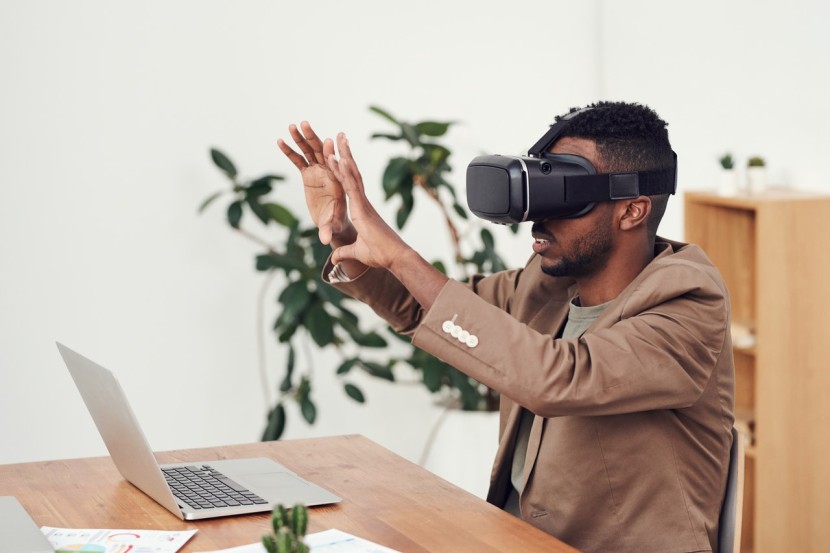
Ever since its inception, augmented reality technology has been used to deliver some truly out of the box experiences. Blending the lines between phone screens and the real world, this technology has recently become very popular in training circles.
Thanks to AR's ability to deliver effective training in a safe, controlled, and trackable manner, it has quickly become a popular training tool.
Industry applications of AR in employee training have also shown promising results. When Boeing tested AR in their factory training, the company was able to improve their staff's productivity by 40%.
With that said, in order to be able to actually enjoy the benefits of AR, careful implementation is critical. In this article, we will discuss three tips you can employ, to ensure your efforts of building an AR training experience pay off:
Choose The Right Topics And The Right Development Partner
Building an AR curriculum depends critically on choosing the right topics. After all, not all concepts in your current training curriculum will be best explained with the help of AR.
If you find yourself confused about this part, it is strongly recommended to work with an elearning provider that can guide you in the right direction.
In fact, choosing the right elearning development expert will help you not only choose the right topics for AR training, but will also help you create the kind of AR training experience you have imagined, without the hassle of spending hours learning the ropes of an AR development tool.
Enable Geofencing
Geofencing is a training technology that delivers learners with relevant information whenever they arrive at a particular location. This technology can potentially work really well with AR training, especially when it comes to industrial training scenarios.
Consider this example, a new employee reaches the production floor right after their training. As they approach the factory, they get a notification on their training app asking them to open the app and point their device's camera at the machinery they are supposed to be operating. When they do that, the screen fills with virtual objects outlining how the machine operates.
This way, even after the training, and right before starting the actual task, geofencing and AR technologies can deliver a refresher of everything that was taught during the training. Even if the learner missed a couple of points during their training, this refresher can potentially prevent them from making an expensive or dangerous mistake on the production floor.
Ensure Compatibility With Your eLearning Tools
Finally, it is extremely important to ensure the compatibility of your AR training elements with your existing elearning tools like your elearning authoring tool and your learning management system.
Not only is this important for seamless delivery of training material, but is also important for tracking the results of your new AR training initiative. The data from your LMS can guide learning administrators when it comes to improving the AR training experience or creating new AR experiences for more topics within the training curriculum.
Conclusion
While implementing AR in training is not a daunting challenge, it still requires due diligence to be effective. We hope that these three tips will help you get the most out of your efforts of including AR lessons in your training curriculum.
Have you used AR in training in the past? Did it work for you? Share your experience with us in the comment section!








